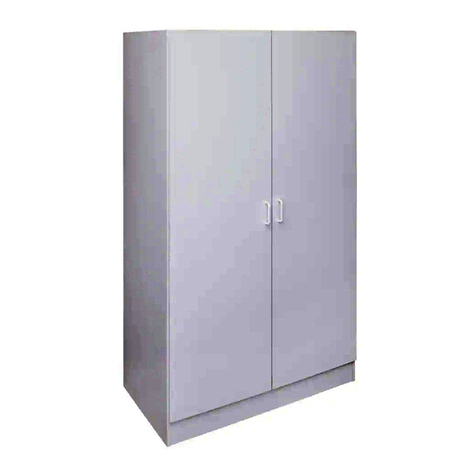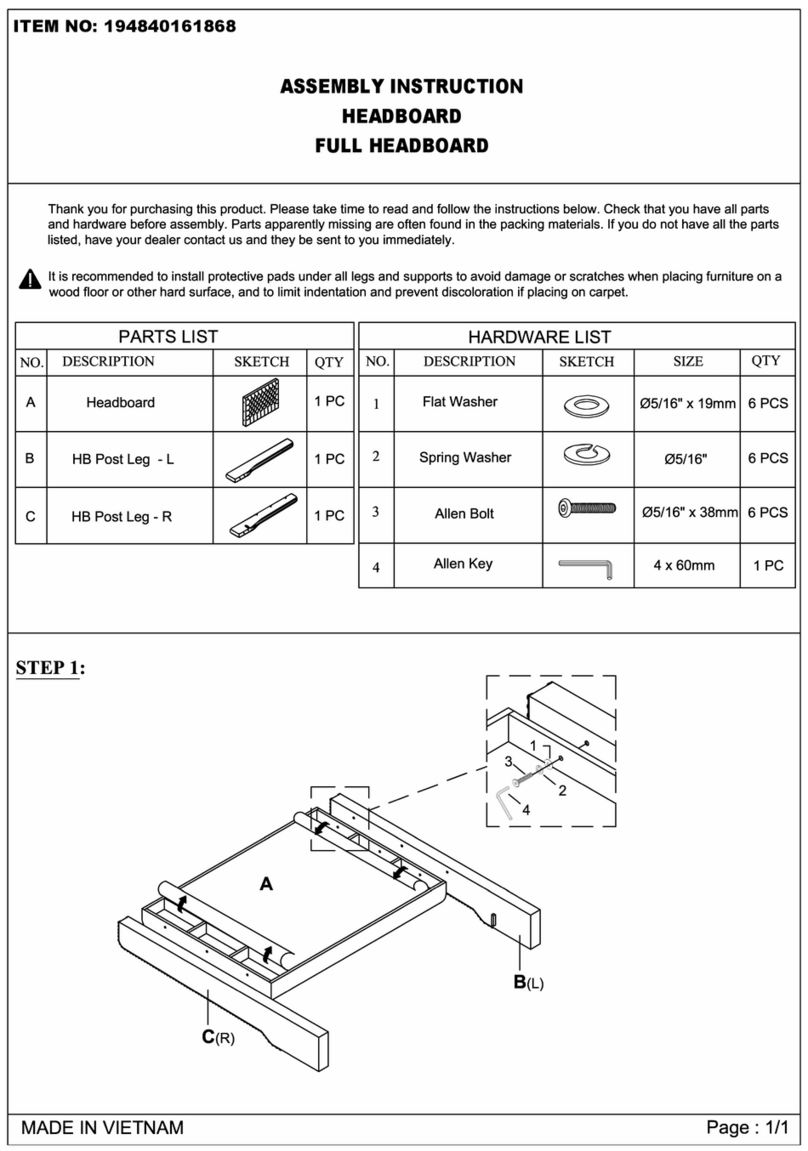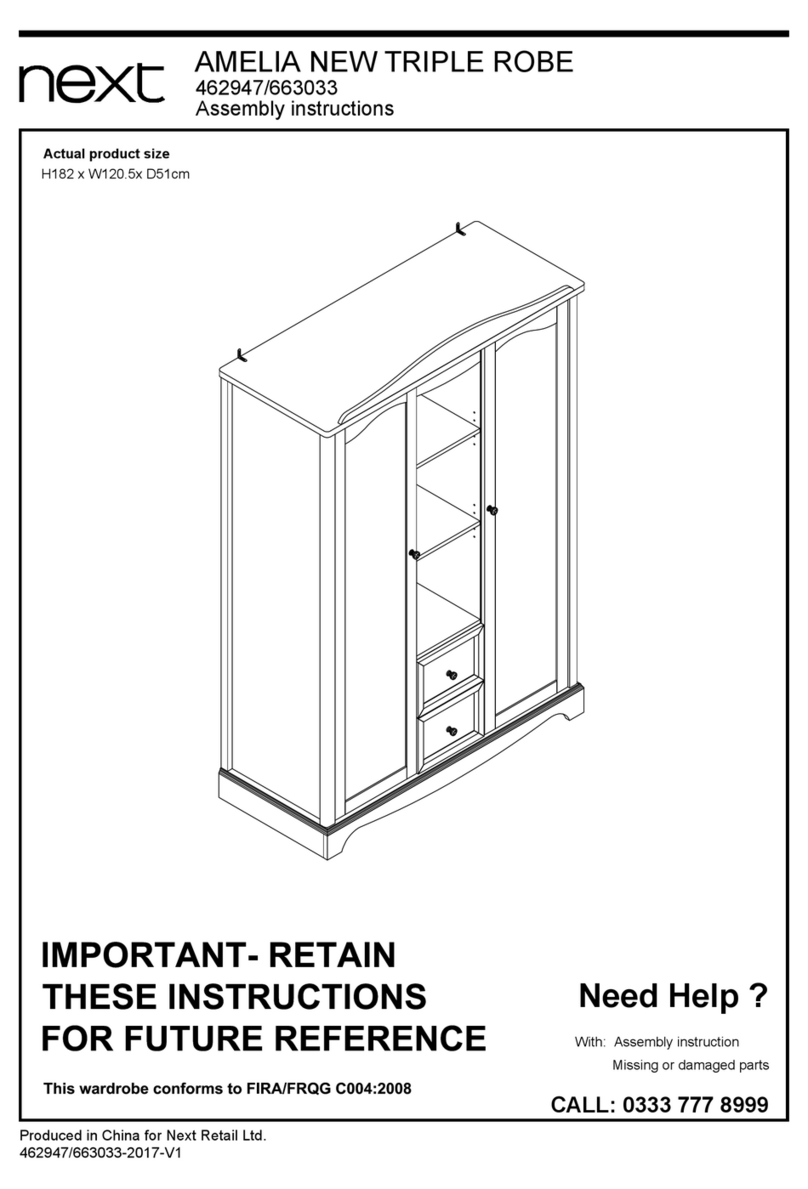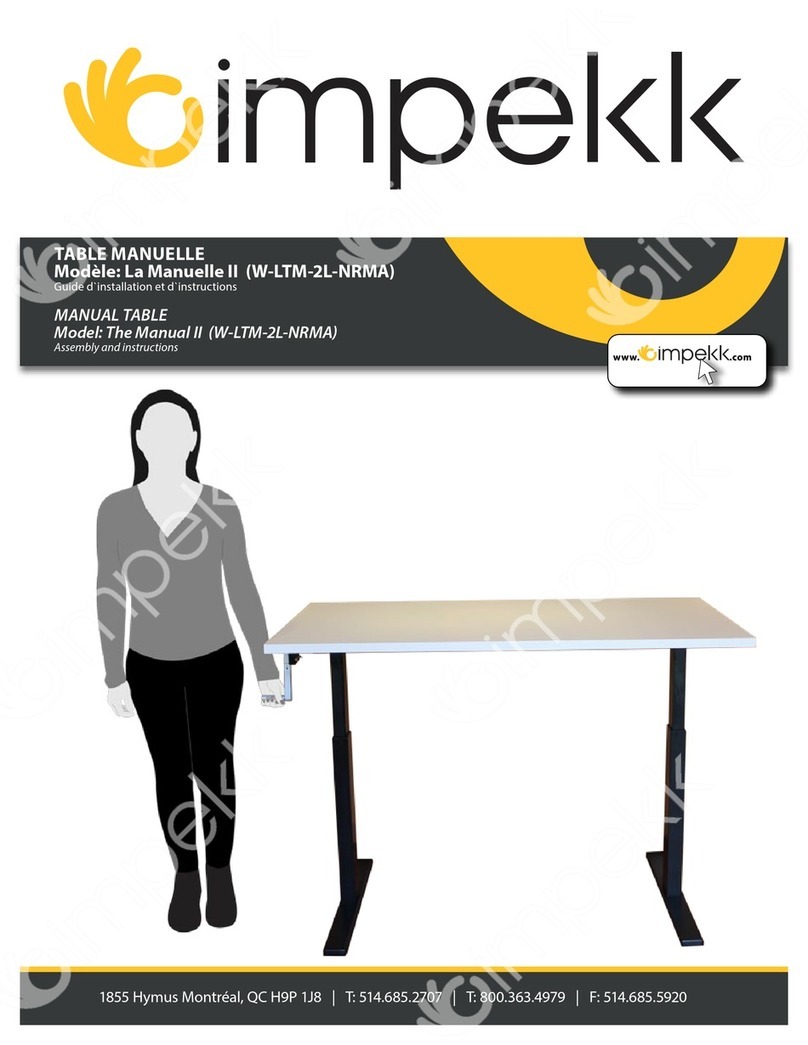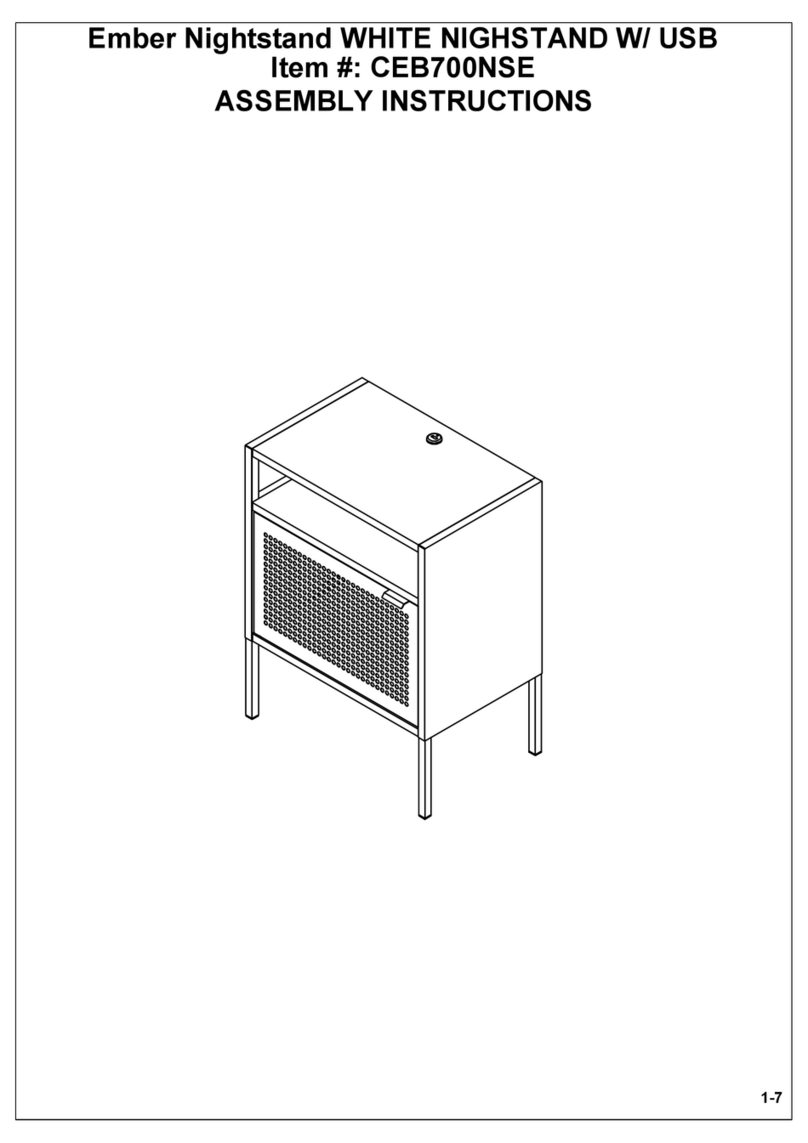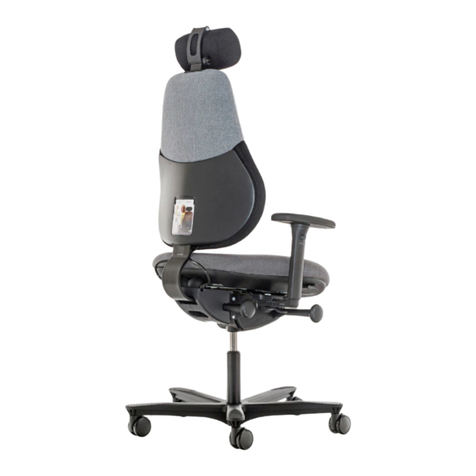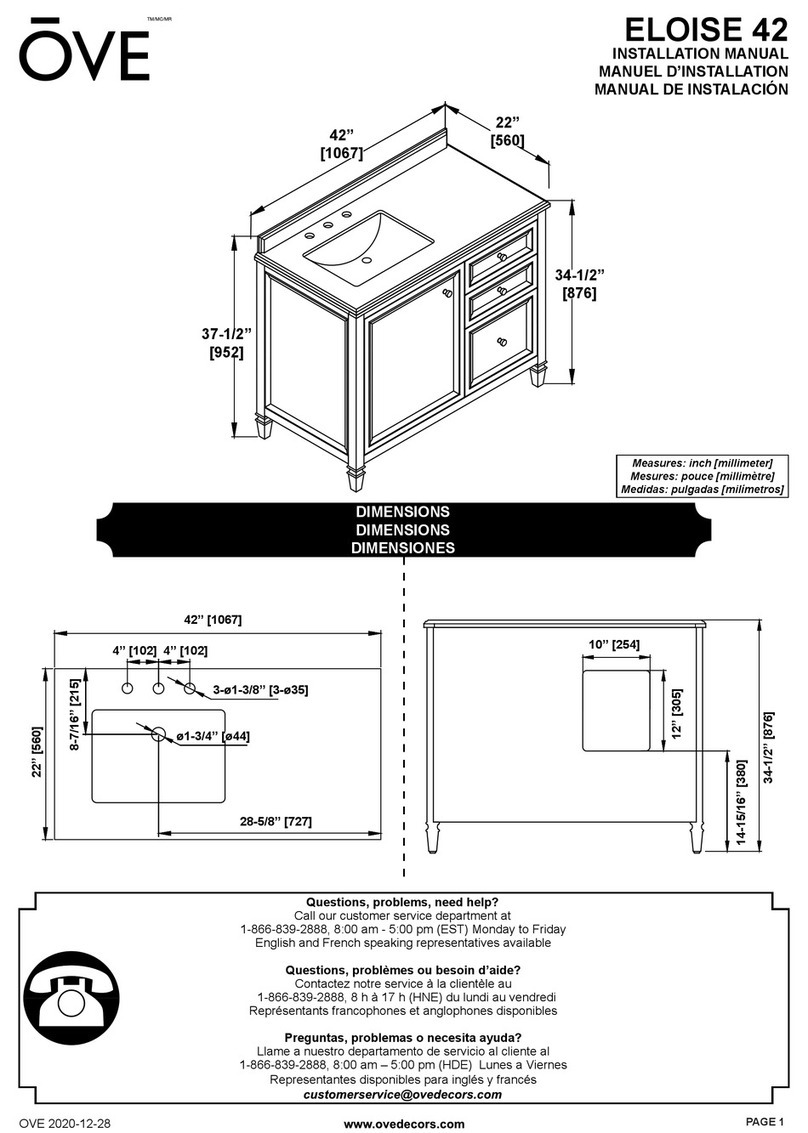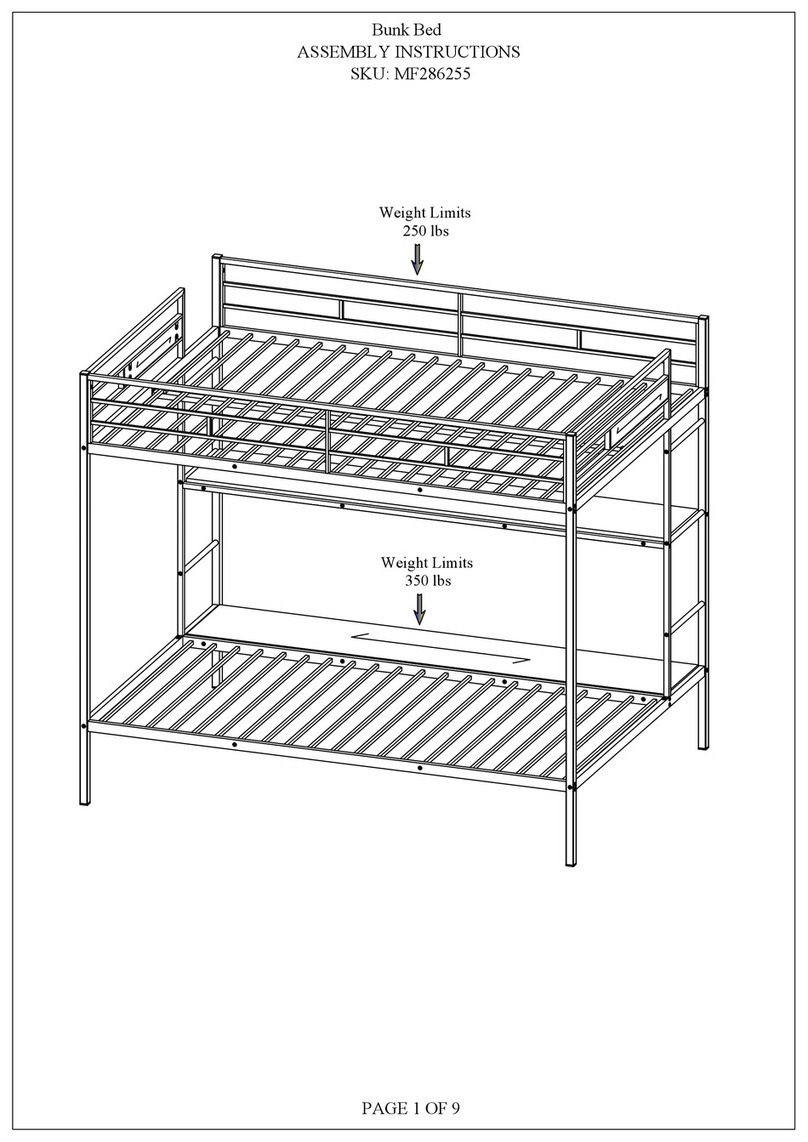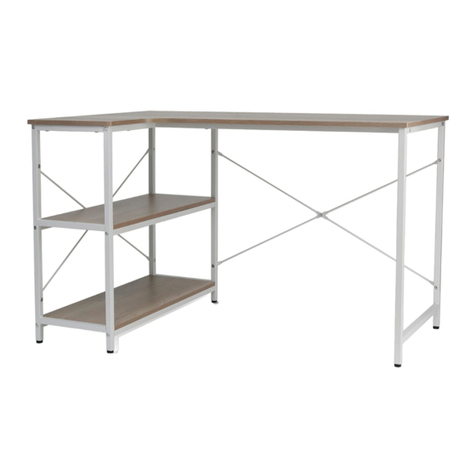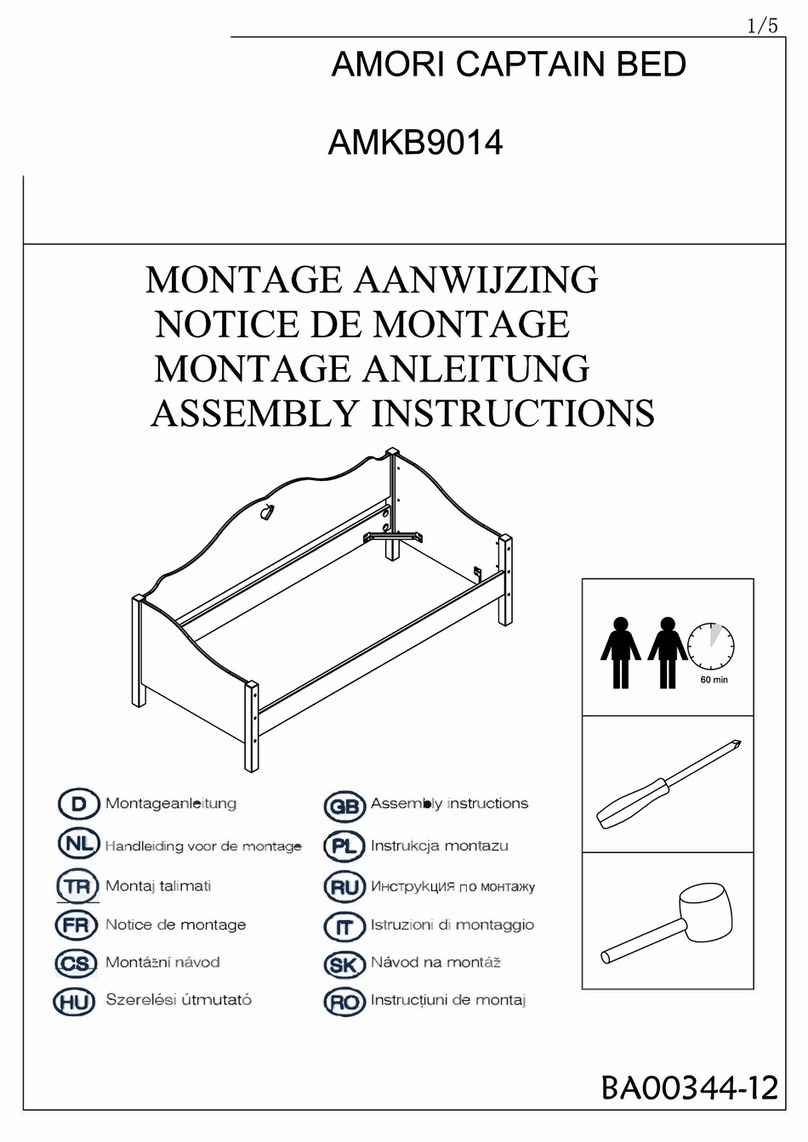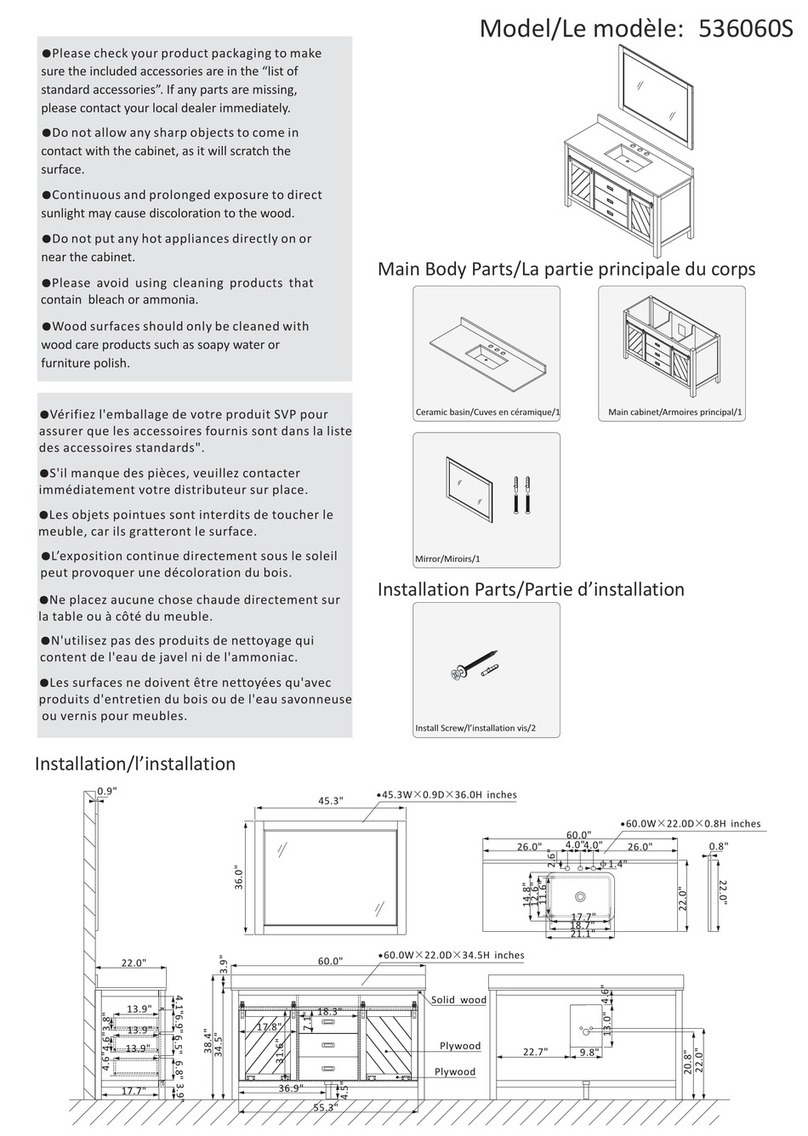
Contents
1Introduction.......................................................................................................................................... 1
1.1 About this manual ......................................................................................................................... 1
1.2 Intended use ................................................................................................................................. 1
1.3 Contraindications .......................................................................................................................... 1
1.4 Product description ....................................................................................................................... 1
1.5 Notes on safety............................................................................................................................. 2
1.6 Safety precautions ........................................................................................................................ 2
1.7 Meaning of symbols used ............................................................................................................. 4
2System description and performance............................................................................................... 5
3Using the chair................................................................................................................................... 13
3.1 Precautions for use – basic safety rules..................................................................................... 13
3.2 Seating the patient...................................................................................................................... 15
3.2.1 Fitting the harness: ................................................................................................................. 16
3.2.2 Placing the headrest: .............................................................................................................. 17
3.3 Emergency exit ........................................................................................................................... 19
3.4 Charging the battery ................................................................................................................... 19
4Diagnostic maneuvers protocol proposal ...................................................................................... 23
4.1 General ....................................................................................................................................... 23
4.2 Characteristics of positional nystagmus ..................................................................................... 28
4.3 Therapeutic maneuvers: protocol proposal for the right posterior canal .................................... 29
4.3.1 Therapeutic maneuvers: protocol proposal for lateral canal cupulolithiasis........................... 31
4.3.2 Therapeutic maneuvers: protocol proposal for the anterior canal .......................................... 32
5Maintenance and care....................................................................................................................... 33
5.1 Liability ........................................................................................................................................ 34
5.2 Guarantee................................................................................................................................... 34
6Technical specifications................................................................................................................... 35
6.1 Electromagnetic Compatibility (EMC) ......................................................................................... 36

